Introduction
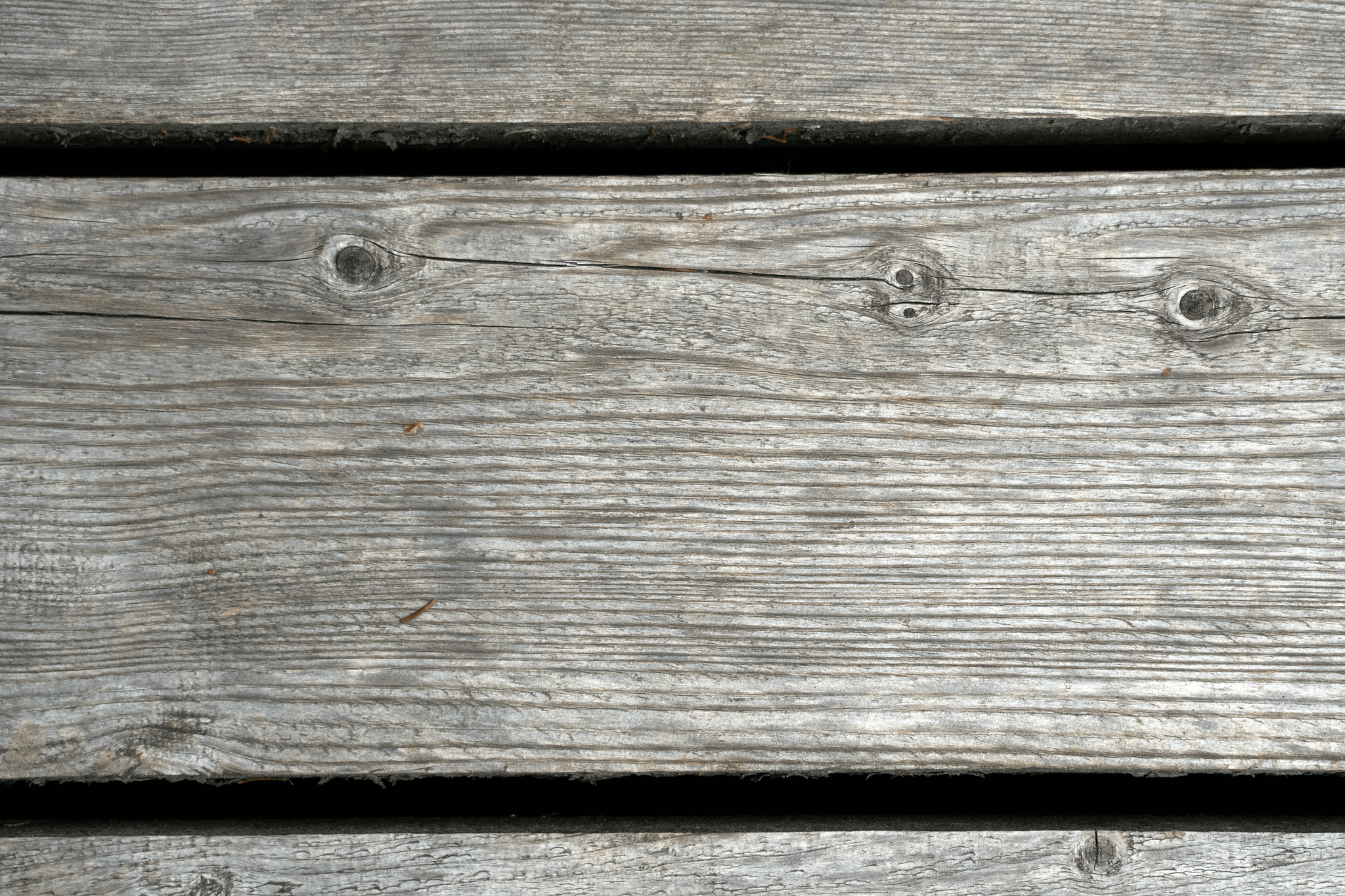
Understanding Hardwood Decking Types
Hardwood decking types offer a range of choices that cater to different tastes and requirements. Each type of wood deck wood has its unique characteristics, from color and grain patterns to hardness and resistance to wear. By familiarizing yourself with these options, you can find the best for decking that suits your style and functional needs.
Why Choose Hardwood for Your Deck
Choosing hardwood for your deck is an investment in quality and longevity. Unlike softwoods, hardwoods like ipe decking are renowned for their durability and ability to withstand the elements over time. This makes hardwood not only the best decking option but also a sustainable choice that adds value to your property.
What Makes the Best Decking Material
The best decking material combines durability, aesthetic appeal, and low maintenance requirements. Factors such as resistance to decay, insect damage, and weather conditions play a significant role in determining which hardwood is ideal for your needs. Ultimately, understanding these features will guide you toward selecting the perfect wood deck wood that enhances your outdoor living experience.
Ipe Decking
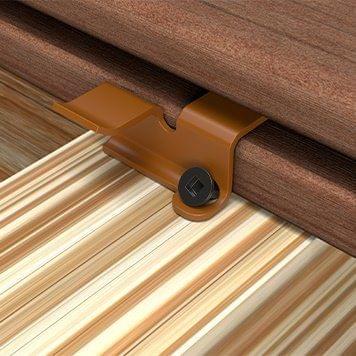
Characteristics of Ipe Wood Decking
Ipe wood decking is derived from the Tabebuia tree, native to South America, and boasts a rich, dark brown hue that can even appear almost black in certain lights. This hardwood is incredibly dense and heavy, making it one of the hardest woods on the market—perfect for those seeking longevity in their outdoor spaces. Additionally, Ipe features a natural resistance to insects and rot, which means you can enjoy your wood deck wood without worrying about unwanted pests or decay.
Durability and Longevity of Ipe
One of the most significant advantages of Ipe decking is its unparalleled durability; this hardwood can last over 50 years with proper care. Unlike many other hardwood decking types that may warp or splinter over time, ipe wood decking holds up beautifully under various weather conditions—from scorching sun to heavy rain. Investing in this best decking material ensures that your outdoor area remains beautiful and functional for decades to come.
Aesthetic Appeal of Ipe
The aesthetic appeal of Ipe is hard to match; its deep colors and unique grain patterns create an elegant look that enhances any outdoor setting. Whether you prefer a smooth finish or a more textured surface, ipe’s versatility allows for various design options that suit your style preferences perfectly. With its luxurious appearance combined with outstanding performance characteristics, it's no wonder why many homeowners consider ipe the best for decking.
Teak Decking

Teak decking is often hailed as one of the best options in the world of hardwood decking types, and for good reason. Known for its remarkable properties, teak wood has been a favorite among homeowners and builders alike who seek durability, beauty, and low maintenance from their wood deck wood. If you're considering the best decking material for your outdoor space, teak should definitely be on your radar.
Benefits of Teak for Decking
One of the standout benefits of teak for decking is its inherent resistance to decay and insect damage. This means that when you choose teak as your wood deck wood, you're investing in longevity; it can last decades with minimal upkeep. Additionally, teak's natural oils help repel water and moisture, making it an ideal choice for areas prone to humidity or rain—truly one of the best decking options available.
Teak also boasts an impressive stability factor; it resists warping and cracking better than many other hardwood decking types. This stability ensures that your deck remains safe and visually appealing over time without requiring constant repairs or replacements. Furthermore, its easy maintenance regime allows you to enjoy your outdoor space without getting bogged down by extensive care routines.
Weather Resistance and Stability
Whether exposed to scorching sun or heavy rainfall, teak maintains its integrity thanks to its dense grain structure that naturally blocks moisture absorption. This resilience makes it a preferred choice among homeowners who want a reliable wood deck wood that stands up against Mother Nature’s whims.
Moreover, teak's impressive stability means it won't expand or contract excessively with temperature changes—an essential quality if you live in regions with fluctuating weather conditions. This characteristic mitigates the risk of unsightly gaps forming between boards or warping that can occur with lesser quality woods like pine or even some other hardwoods like mahogany. So when selecting from various hardwood decking types, consider how well they stand up against environmental challenges; you'll find that teak excels remarkably.
Teak's Rich Color and Grain
One cannot discuss teak without mentioning its stunning aesthetic appeal—the rich golden-brown hue combined with a unique grain pattern elevates any outdoor space into something truly special. The visual allure of this wood makes it not just functional but also a statement piece in your backyard oasis—a true contender among the best decking materials available today!
As time passes, teaks’ color may mellow into a silvery-gray patina if left untreated; many homeowners find this change equally beautiful as it adds character over time while still showcasing the distinct grain patterns unique to each board—a feature not commonly found in all hardwood decking types. Thus, choosing teak means opting for both beauty and practicality in your outdoor design scheme.
In conclusion, whether you're drawn by its durability or aesthetic charm—or both—teak is undoubtedly one of the best choices when considering options among hardwood decking types for your next project.
Mahogany Decking
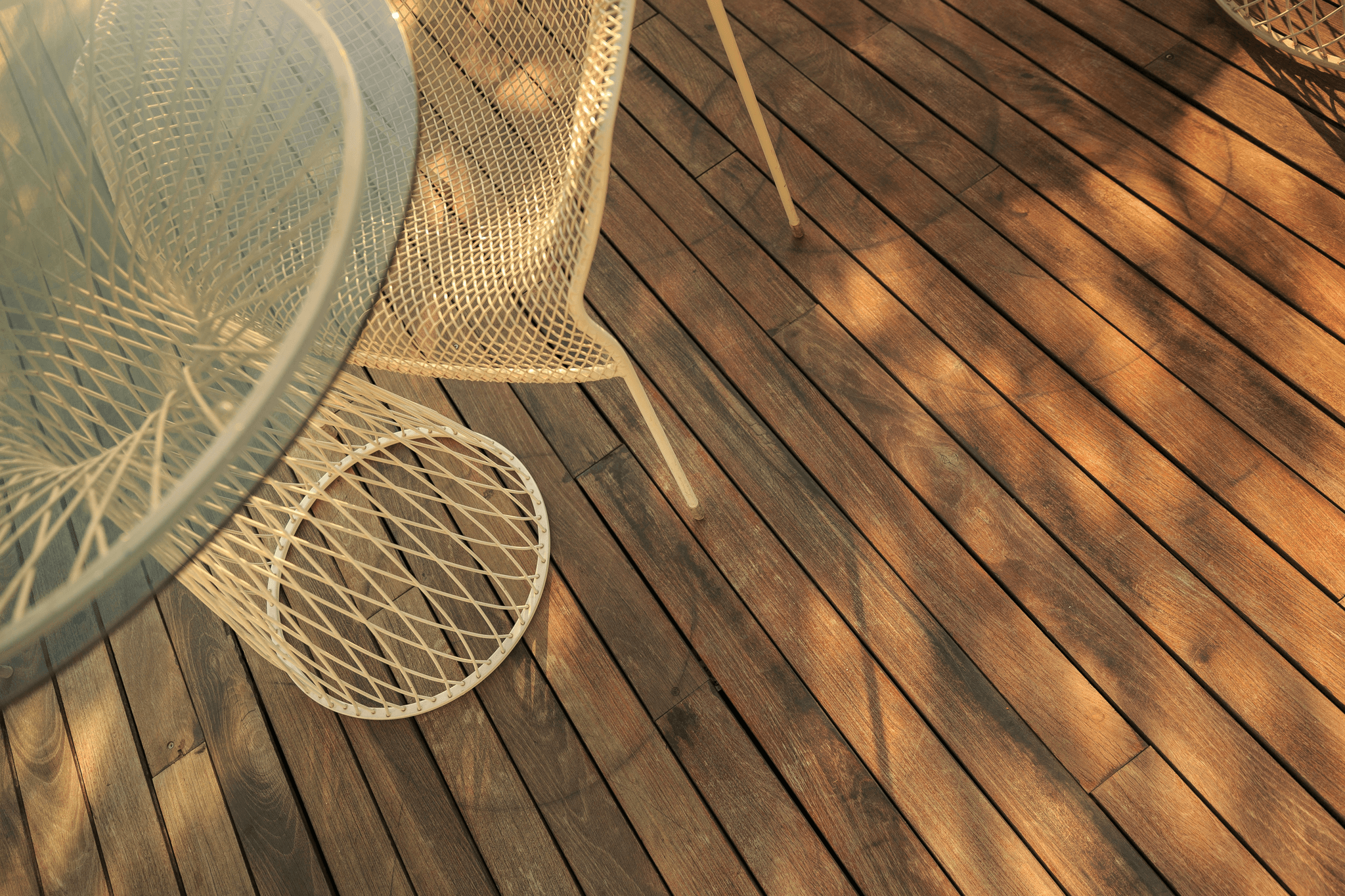
Known for its rich color and fine grain, mahogany wood decking offers an elegant aesthetic that enhances any outdoor space. Its unique properties make it not just visually appealing but also functional, making it one of the best decking materials available.
Unique Features of Mahogany
Mahogany is celebrated for its deep reddish-brown hue and straight grain, which can vary from fine to coarse depending on the specific variety. This wood deck wood is naturally resistant to decay and insects, making it a long-lasting option for outdoor environments. Additionally, mahogany's ability to withstand moisture makes it particularly suitable for areas with high humidity or frequent rainfall.
Maintenance Requirements for Mahogany
While mahogany is known for its durability, proper maintenance is essential to keep this hardwood decking looking its best over time. Regular cleaning with mild soap and water will help prevent dirt buildup and maintain its natural beauty. Applying a protective finish every couple of years can also enhance its resistance to fading from UV exposure, ensuring your mahogany deck remains vibrant.
Why Mahogany is Best for Decking
Mahogany's combination of aesthetic appeal and practical benefits solidifies its status as one of the best options among hardwood decking types. Its resilience against the elements means less frequent repairs or replacements compared to other wood deck woods like pine or cedar. For those seeking an investment in quality that pays off in both performance and visual impact, mahogany truly shines as one of the best choices for decking.
Cumaru Decking
This tropical hardwood, often referred to as Brazilian teak, boasts impressive durability and aesthetic appeal that can rival even the best decking materials on the market. Its natural resistance to decay and insects makes it a top contender for anyone looking to invest in a long-lasting wood deck wood solution.
Properties of Cumaru Wood
Cumaru wood is known for its remarkable hardness, making it one of the toughest options among hardwood decking types. With a Janka hardness rating comparable to ipe decking, this wood can withstand heavy foot traffic without showing signs of wear and tear. Furthermore, its rich golden-brown color with distinctive grain patterns adds an eye-catching element that enhances any outdoor space, ensuring your deck remains not only functional but also visually stunning.
Cost-effectiveness of Cumaru
When considering cost-effectiveness in the realm of hardwood decking types, Cumaru offers an attractive balance between price and performance. While some may lean toward ipe wood decking for its prestige, Cumaru often comes at a lower price point without compromising quality or longevity. Homeowners can enjoy the benefits of premium wood deck wood while keeping their budget intact—making it one of the best choices for those who want both beauty and value.
Comparisons with Other Hardwood Decking Types
In comparing Cumaru with other hardwood decking types like ipe or teak, it's essential to highlight its unique advantages. While ipe is renowned for its density and longevity, Cumaru provides similar durability at a more accessible price point—perfect for those who want the best decking without breaking the bank. Additionally, unlike some other woods that may require extensive maintenance over time, Cumaru’s natural oils help protect against moisture damage and fading from sunlight exposure.
Tigerwood Decking
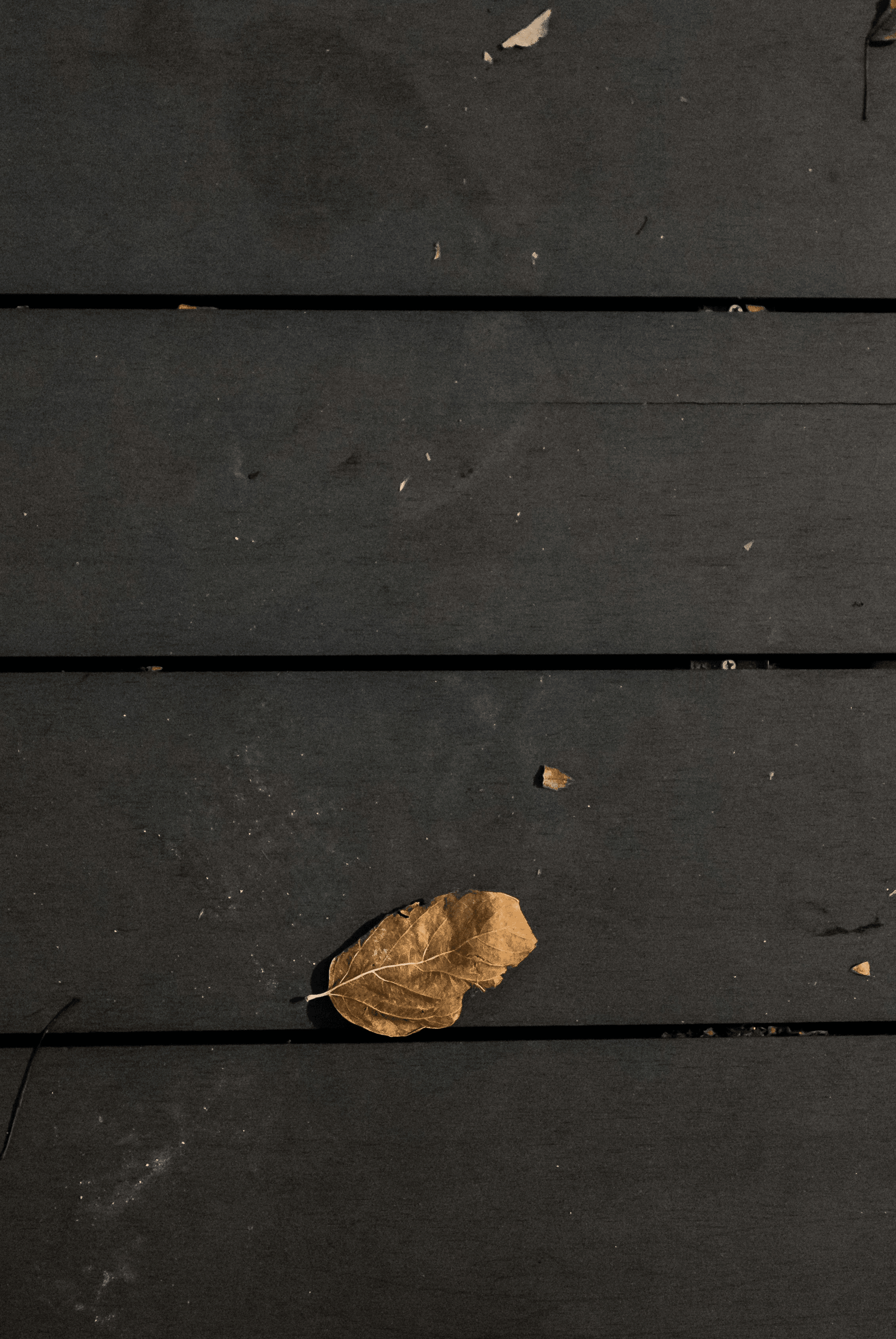
When it comes to hardwood decking types, Tigerwood stands out with its unique appearance and impressive performance. Known for its striking blend of golden hues and dark stripes, this exotic wood brings a touch of the wild to any outdoor space. If you’re searching for the best decking that combines beauty with functionality, Tigerwood might just be your perfect match.
Distinctive Look of Tigerwood
The most captivating feature of Tigerwood is undoubtedly its distinctive look. This wood decking boasts a vibrant color palette that ranges from deep amber to rich brown, interspersed with dramatic black streaks that resemble the stripes of a tiger—hence the name. As one of the best decking materials available, it provides an eye-catching aesthetic that can enhance any outdoor area, making it a favorite among homeowners looking to elevate their wood deck wood game.
Performance in Various Climates
Tigerwood is not just about looks; it also excels in performance across various climates. Its natural resistance to moisture makes it an excellent choice for areas prone to rain or humidity, ensuring longevity and durability in your deck's structure. While many hardwood decking types may fade or warp over time, Tigerwood maintains its integrity even under harsh sun exposure and fluctuating temperatures—making it one of the best for decking regardless of where you live.
Tigerwood vs. Other Wood Deck Woods
When comparing Tigerwood to other wood deck woods like Ipe or Teak, several factors come into play. While Ipe decking is renowned for its density and strength, Tigerwood offers a more vibrant aesthetic without sacrificing durability or stability—making it an attractive alternative for those who prioritize visual appeal alongside performance. Ultimately, choosing between these hardwood decking types depends on personal preference; however, it's hard to overlook how Tigerwood strikes a balance between beauty and resilience in any outdoor setting.
Composite Decking Solutions by Composite Decking Inc
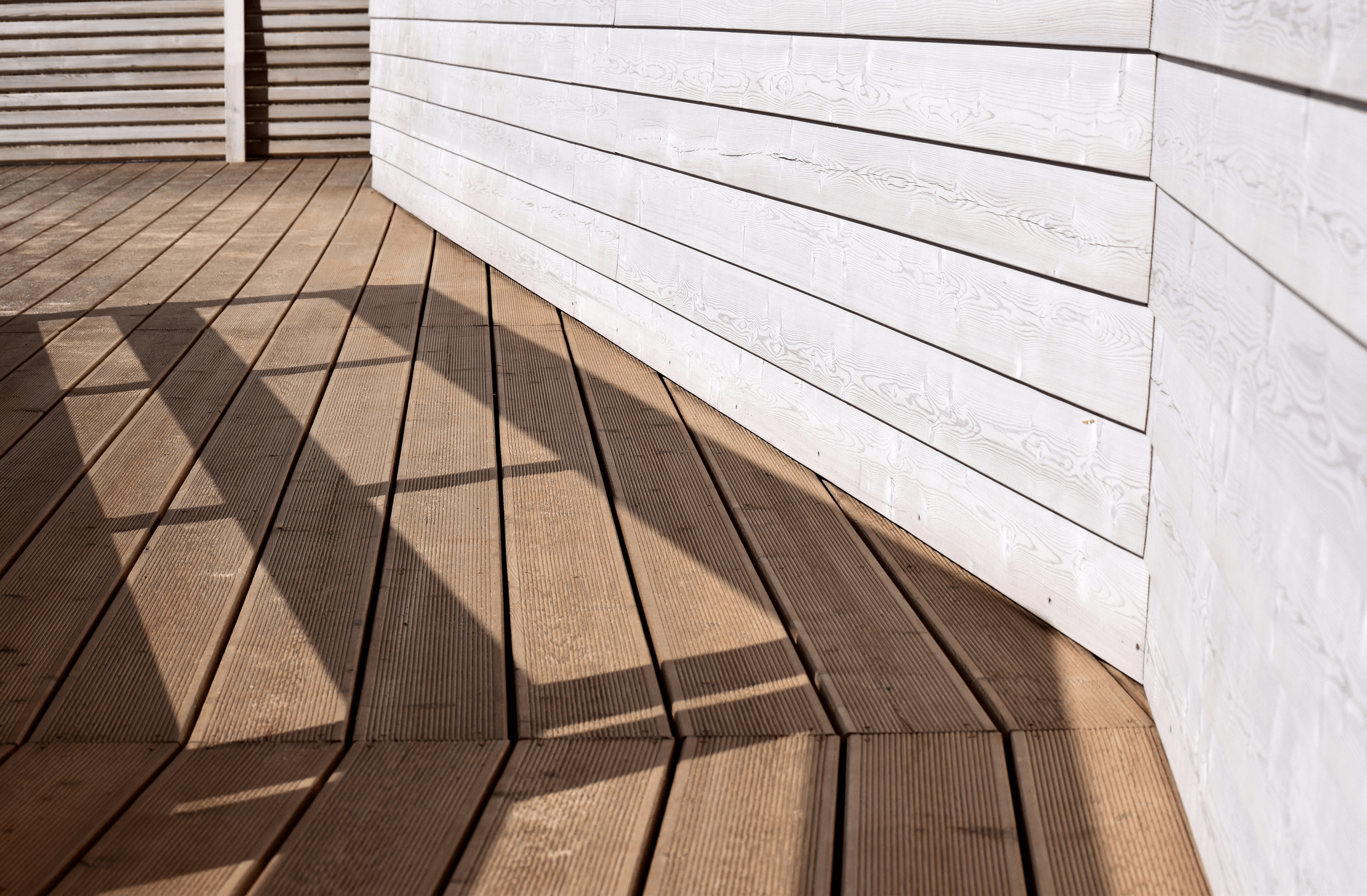
When it comes to choosing the best decking material, composite decking has carved out a notable niche in the market. Unlike traditional wood decking, composite materials blend recycled wood fibers with plastic, resulting in a product that mimics the look of natural wood while offering enhanced durability. This innovative approach makes composite decking a smart choice for homeowners seeking longevity without sacrificing aesthetics.
Benefits of Composite Decking
One of the standout benefits of composite decking is its resistance to rot and insects, which often plague hardwood decking types like ipe wood decking and mahogany. Homeowners can enjoy their outdoor spaces without worrying about costly repairs or replacements due to weather-related damage. Additionally, composite decks require far less maintenance than their wood deck counterparts; no sanding or staining is necessary—just an occasional wash with soap and water.
Another advantage lies in its color retention and fade resistance; while traditional wood may lose its luster over time, composite materials maintain their vibrant hues for years on end. This means you can spend more time enjoying your deck instead of worrying about upkeep—making it one of the best options for those who value both beauty and practicality. With various styles available, including options that mimic the rich tones of ipe decking or mahogany, homeowners can achieve stunning aesthetics without compromising on performance.
Comparison with Traditional Wood Decks
When comparing composite decks to traditional wood decks made from hardwoods like ipe or teak, several key differences emerge. While hardwoods offer undeniable beauty and charm, they often come with hidden costs related to maintenance and longevity—issues that are virtually eliminated with composite solutions. For instance, while ipe wood decking boasts impressive durability ratings, it still requires regular treatment to preserve its appearance over time.
Moreover, many homeowners find themselves drawn to the ease of installation associated with composite materials compared to some hardwood options that may require specialized tools or techniques for proper installation. When weighed against ongoing maintenance needs and potential replacement costs associated with traditional woods like mahogany or cumaru, it's clear why many are opting for composites as their go-to choice for outdoor projects. Ultimately, this comparison highlights how modern innovation can provide practical solutions without sacrificing style.
Sustainability and Low Maintenance
In today’s environmentally conscious world, sustainability is at the forefront of many purchasing decisions—including those related to outdoor living spaces like decks. Composite decking stands out not only because it utilizes recycled materials but also because it significantly reduces deforestation pressures associated with harvesting traditional hardwoods used in popular hardwood decking types such as teak or tigerwood. By choosing composites from companies like Composite Decking Inc., consumers contribute positively toward environmental preservation while still achieving beautiful results.
Furthermore, low maintenance requirements make composites even more appealing; there’s no need for harsh chemicals typically used on wooden surfaces nor frequent re-staining sessions required by other options like ipe wood decking or mahogany decks—the perfect recipe for hassle-free enjoyment! This combination of sustainability paired with reduced upkeep means that homeowners can relish their outdoor spaces guilt-free while also having more time available for leisure activities rather than labor-intensive chores.
Conclusion
In the world of outdoor living, choosing the right hardwood decking type can make all the difference in creating a stunning and functional space. With an array of wood decking options available, it’s essential to consider factors like durability, aesthetic appeal, and maintenance requirements. Whether you lean towards the exotic charm of ipe wood decking or the classic elegance of mahogany, understanding your needs will guide you to the best decking material for your project.
Choosing the Right Hardwood Decking Type
Selecting from various hardwood decking types requires careful thought about how you plan to use your deck. For those who prioritize longevity and minimal upkeep, ipe decking stands out as one of the best for decking due to its impressive durability and resistance to weather conditions. On the other hand, if you’re drawn to rich colors and intricate grain patterns, teak or mahogany might be more appealing options that don't compromise on quality.
The Importance of Deck Material Durability
When investing in wood deck wood, durability should be at the forefront of your decision-making process. After all, a beautiful deck is only as good as its ability to withstand nature's elements over time. Choosing materials like ipe wood decking ensures that your deck remains sturdy and visually appealing for years without requiring excessive maintenance—making it one of the best options available.
Summary of the Best Decking Options
In conclusion, there are numerous hardwood decking types that cater to different preferences and needs. Ipe decking offers unmatched durability; teak provides luxurious aesthetics; mahogany combines beauty with solid performance; while cumaru delivers cost-effectiveness without sacrificing quality. Ultimately, selecting from these best decking materials will lead you toward a beautiful outdoor space that suits your lifestyle perfectly.
